OCZ Vector (256GB) Review
by Anand Lal Shimpi on November 27, 2012 9:10 PM ESTTimes are changing at OCZ. There's a new CEO at the helm, and the company is now focused on releasing fewer products but that have gone through more validation and testing than in years past. The hallmark aggressive nature that gave OCZ tremendous marketshare in the channel overstayed its welcome. The new OCZ is supposed to sincerely prioritize compatibility, reliability and general validation testing. Only time will tell if things have changed, but right off the bat there's a different aura surrounding my first encounter with OCZ's Vector SSD.
Gone are the handwritten notes that accompanied OCZ SSD samples in years past, replaced by a much more official looking letter:
The drive itself sees a brand new 7mm chassis. The aluminum colored enclosure features a new label. Only the bottom of the SSD looks familiar as the name, part number and other details are laid out in traditional OCZ fashion.
Under the hood the drive is all new. Vector uses the first home-grown SSD controller by OCZ. Although the Octane and Vertex 4 SSDs both used OCZ Indilinx branded silicon, they were both based on Marvell IP - the controller architecture was licensed, not designed in house. Vector on the other hand uses OCZ's brand new Barefoot 3 controller, designed entirely in-house.
Barefoot 3 is the result of three different teams all working together. OCZ's UK design team, staffed with engineers from the PLX acquisition, the Korea design team inherited after the Indilinx acquisition, and folks at OCZ proper in California all came together to bring Barefoot 3 and Vector to life.
The Barefoot 3 controller integrates an unnamed ARM Cortex core as well as an OCZ Aragon co-processor. OCZ isn't going into a lot of detail as to how these two cores interact or what they handle, but multi-core SoCs aren't anything new in the SSD space. A branded co-processor is a bit unusual, and I suspect that whatever is responsible for Vector's distinct performance has to do with this part of the SoC.
Architecturally, Barefoot 3 can talk to NAND across 8 parallel channels. The controller is paired with two DDR3L-1600 DRAMs, although there's a pad for a third DRAM for use in the case where parity is needed for ECC.
Hardware encryption is not presently supported, although OCZ tells us Barefoot 3 is more than fast enough to handle it should a customer demand the feature. Hardware encryption remains mostly unused and poorly executed on client drives, so its absence isn't too big of a deal in my opinion.
OCZ does its own NAND packaging, and as a result Vector is home to a sea of OCZ branded NAND devices. In reality you're looking at 25nm IMFT synchronous 2-bit-per-cell MLC NAND, just with an OCZ silkscreen on it. There's no NAND redundancy built in to the drive as OCZ is fairly comfortable with the error and failure rates at 25nm. The only spare area set aside is the same 6.8% we see on most client drives (e.g. a 256GB Vector offers 238GB usable space in Windows).
| OCZ Vector | |||||
| 128GB | 256GB | 512GB | |||
| Sequential Read | 550 MB/s | 550 MB/s | 550 MB/s | ||
| Sequential Write | 400 MB/s | 530 MB/s | 530 MB/s | ||
| Random Read | 90K IOPS | 100K IOPS | 100K IOPS | ||
| Random Write | 95K IOPS | 95K IOPS | 95K IOPS | ||
| Active Power Use | 2.25W | 2.25W | 2.25W | ||
| Idle Power Use | 0.9W | 0.9W | 0.9W | ||
Regardless of capacity, OCZ is guaranteeing the Vector for up to 20GB of host writes per day for 5 years. The warranty on the Vector expires after 5 years or 36.5TB of writes, whichever comes first. As with most similar claims, the 20GB value is pretty conservative and based on a 4KB random write workload. With more realistic client workloads you can expect even more life out of the NAND.
Despite being built on a brand new SoC, there's a lot of firmware carryover from Vertex 4. Indeed if you look at the behavior of Vector, it is a lot like a much faster Vertex 4. OCZ does continue to use its performance mode that enables faster performance if less than 50% of the drive's capacity is used, however in practice OCZ seems to rely on it less than in the Vertex 4.
The design cycle for Vector is the longest OCZ has ever endured. It took OCZ 18 months to bring the Vector SSD to market, compared to less than 12 months for previous designs. The additional time was used not only to coordinate teams across the globe, but also to put Vector through more testing and validation than any previous OCZ SSD. It's impossible to guarantee a flawless drive, but doing considerably more testing can't hurt.
The Vector is available starting today in 128GB, 256GB and 512GB capacities. Pricing is directly comparable to Samsung's 840 Pro:
| OCZ Vector Pricing (MSRP) | ||||||
| 64GB | 128GB | 256GB | 512GB | |||
| OCZ Vector | - | $149.99 | $269.99 | $559.99 | ||
| Samsung SSD 840 Pro | $99.99 | $149.99 | $269.99 | $599.99 | ||
OCZ is a bit more aggressive on its 512GB MSRP, otherwise it's very clear what OCZ views as Vector's immediate competition.


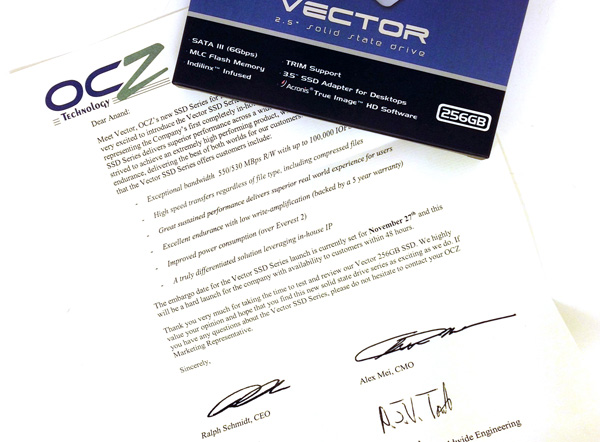
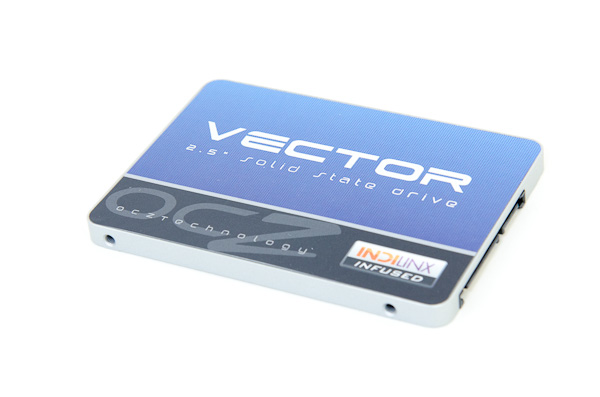

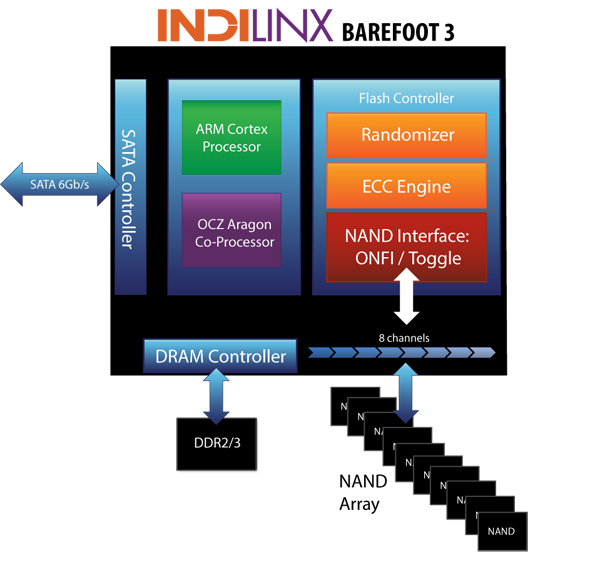
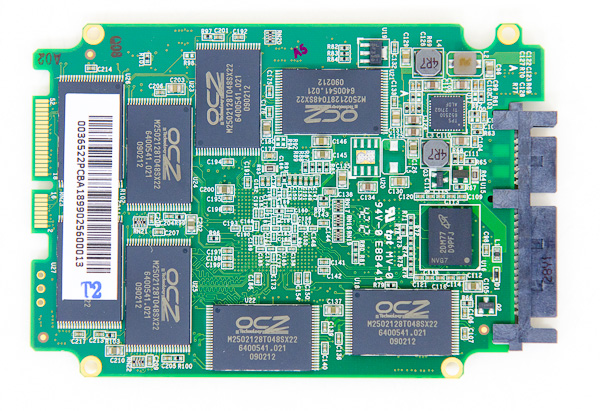
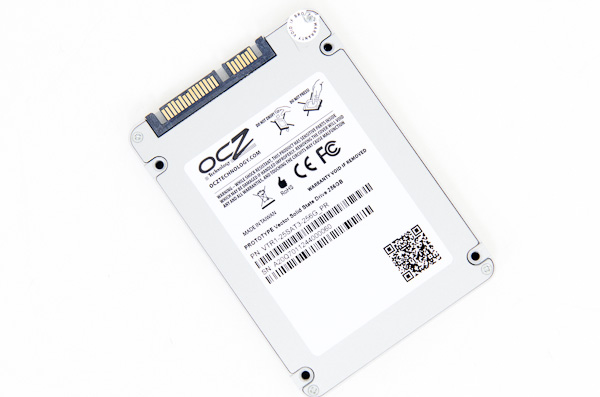








151 Comments
View All Comments
jwilliams4200 - Thursday, November 29, 2012 - link
No NDA. All we are talking about is basic operation of the device. If you cannot explain that to everyone, then you are not worth much as a support person.I asked two questions, which you still have not answered:
1) How do you explain the HD Tune results on HardOCP that I linked to?
2) If storage mode and performance mode are the same speed, then why bother having two modes? Why call one "performance"?
jwilliams4200 - Thursday, November 29, 2012 - link
By the way, it seems like your explanation is, if you do this, and only this, and do not do that, and do this other thing, but do not do that other thing, then the performance of OCZ SSDs will be good.So I have another question for you. Why should anyone bother with all that rigamarole, when they can buy a Samsung 840 Pro for the same price, and you can use it however you want and get good performance?
That is basically the original question from Death666Angel.
Death666Angel - Friday, November 30, 2012 - link
Heh, didn't think I'd break off such a discussion. jwilliams is right about what my question would be. And just showing a graph that does not have the slow down in the 2nd 50% is not proof that the issue of a slow down in the 2nd 50% does not exist (as it has been shown by other sites and you cannot tell us why they saw that). I also don't care about the rearranging of the NAND that takes place between the 2 operation modes, that slow down is irrelevant to me. What I do care about is that there are 2 different modes, one operating when the disc is less than 50% full, the other operating over that threshold, and that I will only use the slower one because I won't buy a 512GB drive just to have 256GB useable space. And if they two modes have exactly the same speed, why have them at all? NDA information about something as vital as that is bullshit btw. :)HisDivineOrder - Wednesday, November 28, 2012 - link
...these drives idle a lot more of the time than they work at full speed. A considerably higher idle is just bad all around.I don't think OCZ's part warrants the price they're asking. Its performance is less most of the time, its a power hog, its obviously hotter, it has the downsides of their 50% scheme, and it has OCZ's (Less Than) "Stellar" track record of firmware blitzkrieg to go along with it.
I wonder, how many times will I lose all my data while constantly updating its firmware? 10? 20 times?
fwip - Wednesday, November 28, 2012 - link
If the drive is idle 24/7 for an entire year, it will cost you less than a dollar, when compared to running no drive at all."Power hog" is pretty relative.
Shadowmaster625 - Wednesday, November 28, 2012 - link
Be careful what you wish for. I been reading horror stories about the 840!A5 - Wednesday, November 28, 2012 - link
From where? I haven't seen any.Brahmzy - Wednesday, November 28, 2012 - link
That was beta firmware that Samsung has admitted had a problem. They said all retail drives shipped with the newer, fixed firmware. There have been ZERO reported failures of retail 840 Pro drives.designerfx - Wednesday, November 28, 2012 - link
I keep wanting to buy an SSD, but every time I wait the prices drop and the performance increases substantially.How long are we going to wait for 1-2TB SSD's? Bring them on already at reasonable prices ($250)!
mark53916 - Wednesday, November 28, 2012 - link
Anand(tech) did lots of good testing, but seems to have left out copy performance.Copy performance can be less than one tenth of the read or write performance,
even after taking into account that copying a file takes 2 times the interface bandwidth
of moving the file one direction over a single directional interface. (Seeing that
one drive is only able to copy less than 10MB/second, compared to 200MB for
another drive when both each can both read or write faster than 400MB/s over a
6Gb/s interface is much more important than seeing that one can read
500MB/s and the other only at 400MB/s.)
I use actual copy commands (for single files and trees) and the same
on TrueCrypt volumes, as well as HD Tune Pro File Benchmark for these
tests. (For HD Tune Pro the difference between 4 KB random single
and multi is often the telling point.)
I'd also like to see the performance of the OCZ Vector at 1/2 capacity.
I'd also like to see how the OCZ Vector 512GB performs on the
Oracle Swingbench benchmark. It would be interesting to see
how wht Vector at 1/2 capacity compares to the Intel SSD DC S7300.